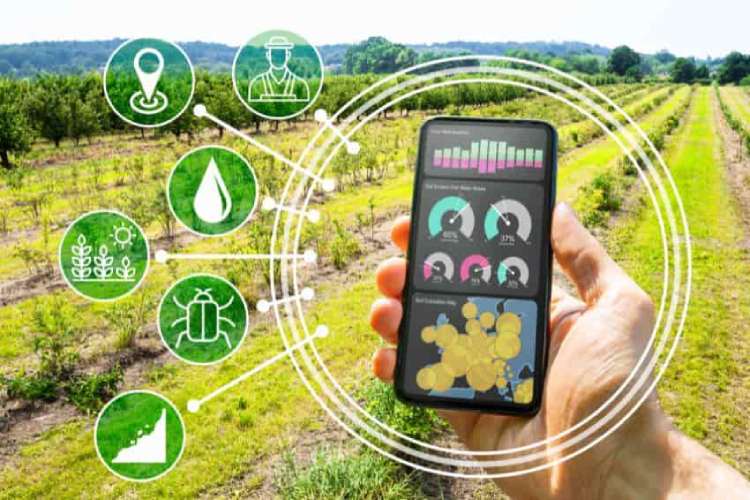With the help of this device, farmers will get SMSes about the nutrient and water content, which will further help in countering the ongoing challenges
In an effort to transform the agricultural sector in India with top-notch technology, a scientist from Kerala has now unveiled a new IoT backed device dubbed ‘E-Crop’. The device has the capability to simulate the growth of crops in accurate time by calculating and analyzing the required water and nutrients in the soil and also generating agro-advisory for the crops on a regular basis.
With the help of this device, farmers will get SMSes about the nutrient and water content, which will further help in countering the ongoing challenges. Santhosh Mithra of the Central Tuber Crops Research Institute (CTCRI) has invented this device. It is expected to revolutionize the agriculture sector in the country where frequent climate changes, insufficient nutrients in soil, and low productivity create more impediments for the farmers.
Mithra said, “I have been studying and developing crop simulation models for almost a decade. We developed the device in 2014 and had been testing it. The patent is the official approval for the device." Mithra, who is a computer scientist, was aiming to perk-up the productivity of tuber crops initially. Therefore, he collated data from numerous analytical reports by plant physiologists on how changes in soil nutrients, and weather affects the growth of numerous plant species.
“We converted this data into a mathematical equation and compiled a software. We could scientifically predict the complete weather condition of a crop season. The E-Crop-based smart farming has been successfully field-demonstrated for cassava, sweet potato, elephant foot yam and banana. Growers achieved higher yield with nearly 50 percent saving on nutrients and water,” added Mithra.
Highlighting the working methods of the device, the scientist said that the sensors equipped in the device sends data about the weather changes to the server via a module attached to the internet. At first, the nutrient content of the soil is tested and then the data is feed to the server. Therefore, it helps in examining the accurate quantity of nutrients required for that particular soil. In the meantime, there is an app ‘krihi kruthya’, by which farmers record and send data on the soil moisture content to the server.

















